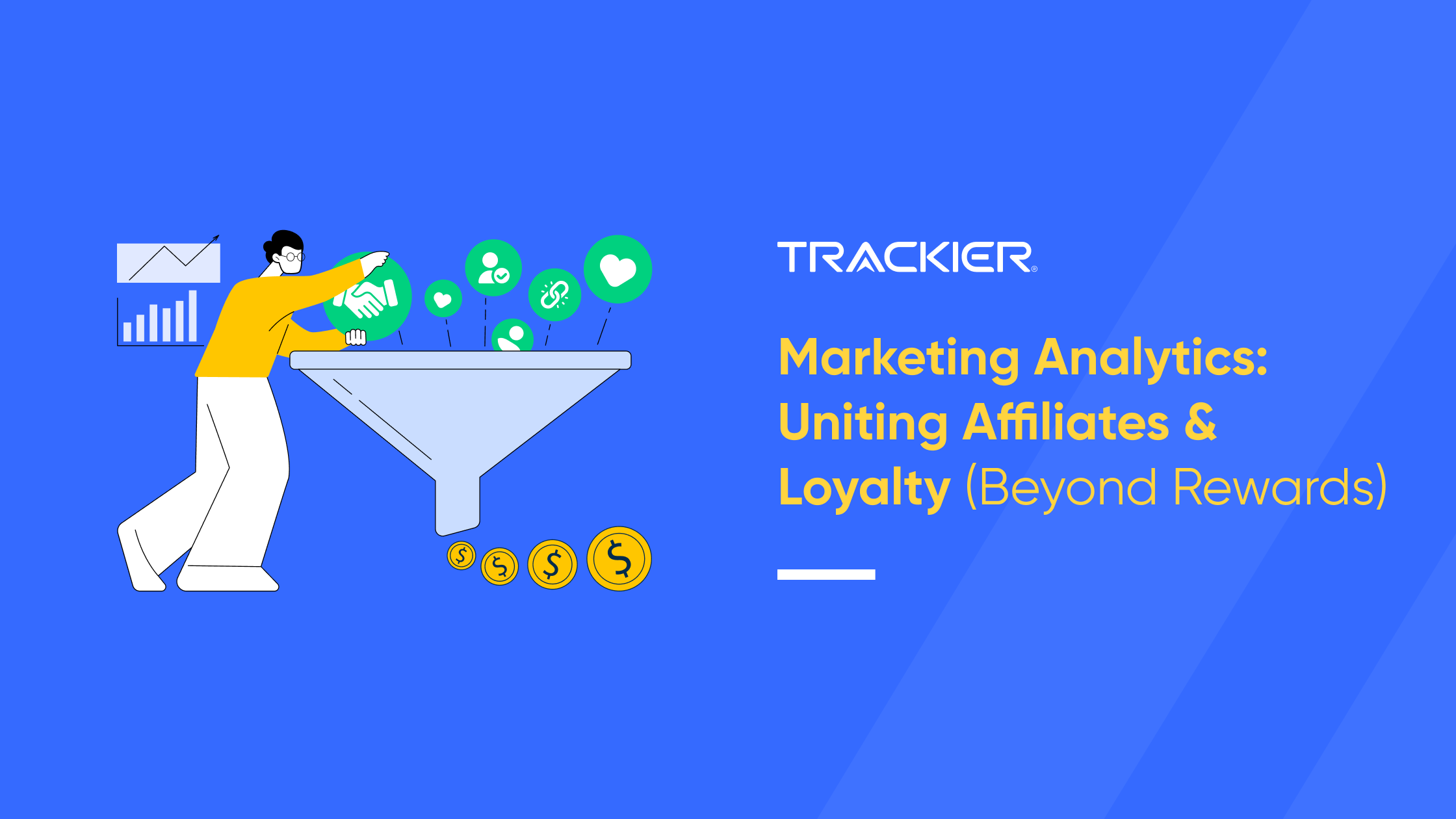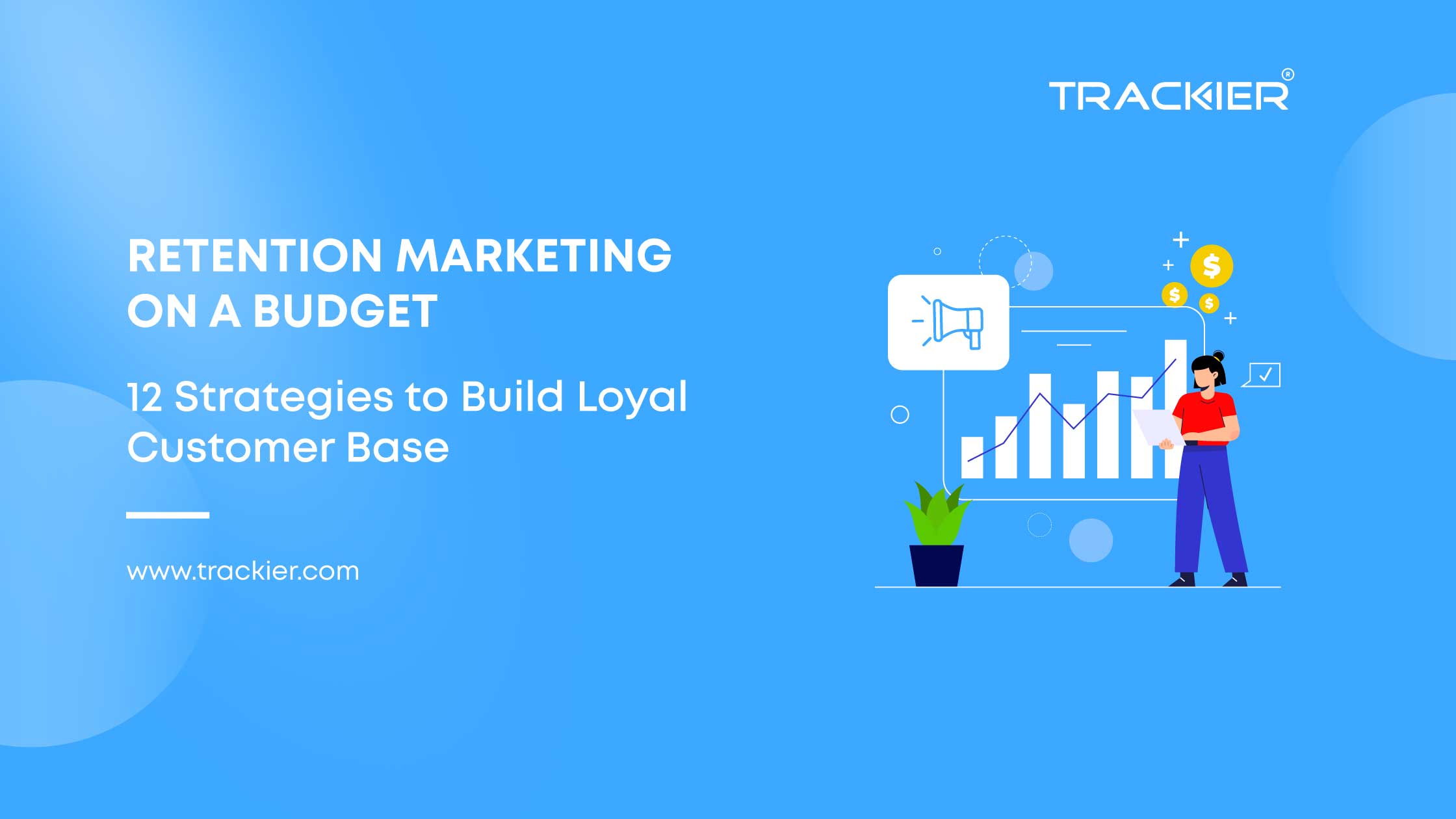In the past, marketing teams have frequently viewed affiliates and loyalty programs as two different and independent departments, one concentrating on acquisition and the other on retention.
This compartmentalized strategy, which is frequently constrained by a “rewards only” emphasis on straightforward transactions like commissions or points, ignores the larger customer relationship and value. As a result, marketers usually do not have a cohesive perspective of the client journey, which causes them to overlook the relationship between initial acquisition efforts and long-term loyalty.
This is where marketing analytics plays a crucial role, enabling “Beyond Rewards” to integrate various tactics for a comprehensive, data-driven comprehension of client value across their whole lifecycle.
The Solution: Marketing Analytics as the Bridge
The methodical process of gathering, examining, and producing useful insights from data acquired from all consumer interactions and touchpoints is known as marketing analytics.
This includes affiliate data, loyalty program activity, website visits, transactions, engagement, and more.
According to Statista, with a market share of more than 50%, Pinterest Analytics dominated the global marketing analytics software market in 2024. Barometric came in second with about 8% of the market. Businesses can assess the effectiveness of their different marketing campaigns with the use of marketing analytics software.
Core Function: Providing a Holistic Customer Perspective
Giving a genuinely comprehensive and cohesive view of the customer’s journey and total value is its primary purpose. Analytics provides a comprehensive view of how customers are gained and how they behave over time by combining data from many sources.
Moving Beyond Simple Commission/Point Tracking
We can do much more with this capability than just monitor discrete, transaction-level indicators like loyalty points or affiliate commissions. Rather, it facilitates a more profound, data-driven comprehension that links early acquisition endeavors to client lifetime value, long-term loyalty, and overall profitability.
How Analytics Unites Programs
So, how precisely does marketing analytics accomplish this integration of loyalty and affiliate programs? By transcending conventional program restrictions, it accomplishes this by utilizing its strength in critical functions that monitor, comprehend, and forecast consumer behavior throughout the whole lifecycle.
Tracking and Attribution: Measuring Customer Lifetime Value (LTV) by Acquisition Source (Affiliate)
Analytics allows for advanced tracking that goes beyond simply monitoring the first sale and links the entire customer lifetime value (LTV) to the original source of acquisition, including particular affiliate partners. This shows which affiliates bring in clients who are valuable and loyal over time, in addition to driving clicks.
Customer Journey Mapping: Understanding the Path From Affiliate Click to Repeat Purchase/Advocacy
Analytics creates maps and visualizations of the entire customer experience by combining data from many touchpoints. It highlights important conversion points and opportunities as it traces the exact sequence from clicking an affiliate link through the customer’s initial purchase, participation in a loyalty program, subsequent purchases, and even becoming an advocate or referral source themselves.
Segmentation and personalization
Analytics combines acquisition and loyalty data to provide effective segmentation:
- Finding high-LTV clients for affiliate targeting: Knowledge reveals the traits of clients obtained via affiliates who exhibit high levels of value and loyalty, enabling more precise targeting of next campaigns.
- Finding potential advocates or affiliates among loyal customers: Analytics finds current, devoted clients who exhibit high levels of engagement and advocacy potential, identifying the best candidates to sign up for affiliate or referral programs.
- Customizing offers using cross-program behavior data: Information about a customer’s acquisition and loyalty patterns allows for highly tailored offers, communications, and content throughout their journey.
Performance Measurement: Evaluating Holistic ROI (Acquisition Cost vs. LTV) vs. Simple CPA
With analytics, performance evaluation is seen holistically rather than through limited, transactional indicators like simple Cost Per Acquisition (CPA) or points granted. By contrasting the cost of gaining a customer through an affiliate with their actual measured LTV, it calculates true ROI and offers a far more precise evaluation of strategic success.
Predictive Insights: Forecasting Loyalty/Churn Based on Acquisition Channel and Early Behavior
Analytics can forecast future consumer behavior by examining trends in integrated data sets (acquisition channel + early loyalty engagement). Predicting a customer’s propensity to stick around or perhaps leave makes it possible to develop proactive initiatives that are especially catered to customers who were acquired through various channels and their early behavioral patterns.
Benefits of Unification
Affiliate and loyalty tactics integrated through marketing analytics create a powerful synergy that improves growth and customer relationships. Manual procedures and siloed tools can’t achieve this integration and insight.
Handling massive amounts of data from various sources takes advanced skills. Here, effective marketing analytics software is essential. Such platforms are essential for integrating affiliate monitoring and loyalty program databases.
They provide the technology to evaluate these integrated statistics and illustrate how acquisition channels affect long-term loyalty and customer value.
Increased LTV
Businesses can strategically focus efforts to optimize the long-term value generated from each customer relationship by knowing which acquisition channels (affiliates) bring in the most valued, loyal consumers and by efficiently nurturing those customers utilizing loyalty data.
Improved Overall ROI and Profitability
Unified analytics correlates acquisition budget with sustained customer value to determine genuine return on investment, going beyond conventional CPA or points costs. For increased overall profitability, this enables more intelligent distribution of marketing funds among acquisition and retention channels.
Enhanced Customer Understanding and Experience
Data integration offers a comprehensive picture of the client, from the first interaction to continued involvement. This better understanding enables more individualized messages, pertinent offers, and a smooth, satisfying experience throughout their entire journey.
More Strategic Affiliate Partner Relationships
In addition to initial sales, analytics show each affiliate partner’s actual effect on long-term client value. This makes it possible for companies to cultivate more strategic, win-win partnerships with those who have the biggest impact on long-term growth and loyalty.
Data-driven Decision Making Across Acquisition and Retention
Decisions on where to invest, which clients to target, and how to optimize strategies are based on full data rather than discrete program KPIs when integrated insights are used. This results in marketing initiatives that are more impactful, well-coordinated, and successful over the whole customer lifecycle.
Unlocking Unified Growth Through Analytics
A strategic change driven mostly by marketing analytics software is needed to move “beyond rewards” in a way that genuinely unifies affiliate and loyalty programs.

Source: Pexels
A few crucial implementation tasks are necessary to achieve this integration:
First, strong technology needs and data integration are critical. This entails dismantling technological silos to gather, compile, and handle data from loyalty programs and affiliate networks into a single, cohesive source of truth.
Second, defining unified KPIs that gauge the comprehensive value produced by this collaboration is essential to success. Metrics such as customer lifetime value (LTV) broken down by acquisition source, total ROI that links acquisition cost to long-term value, and customer journey progression rates across touchpoints should be the emphasis of key performance indicators, going beyond metrics specific to individual programs.
Lastly, it’s critical to promote cross-functional collaboration. The teams in charge of acquisition and retention—marketing, sales, and technology—must collaborate, exchanging insights from the unified data and coordinating plans based on the whole customer perspective.
Businesses can overcome the constraints of compartmentalized programs, build a stronger connection with their customers, and generate more profitable, sustainable growth throughout the customer lifecycle by embracing marketing analytics to integrate data, establish common objectives, and foster collaboration.



